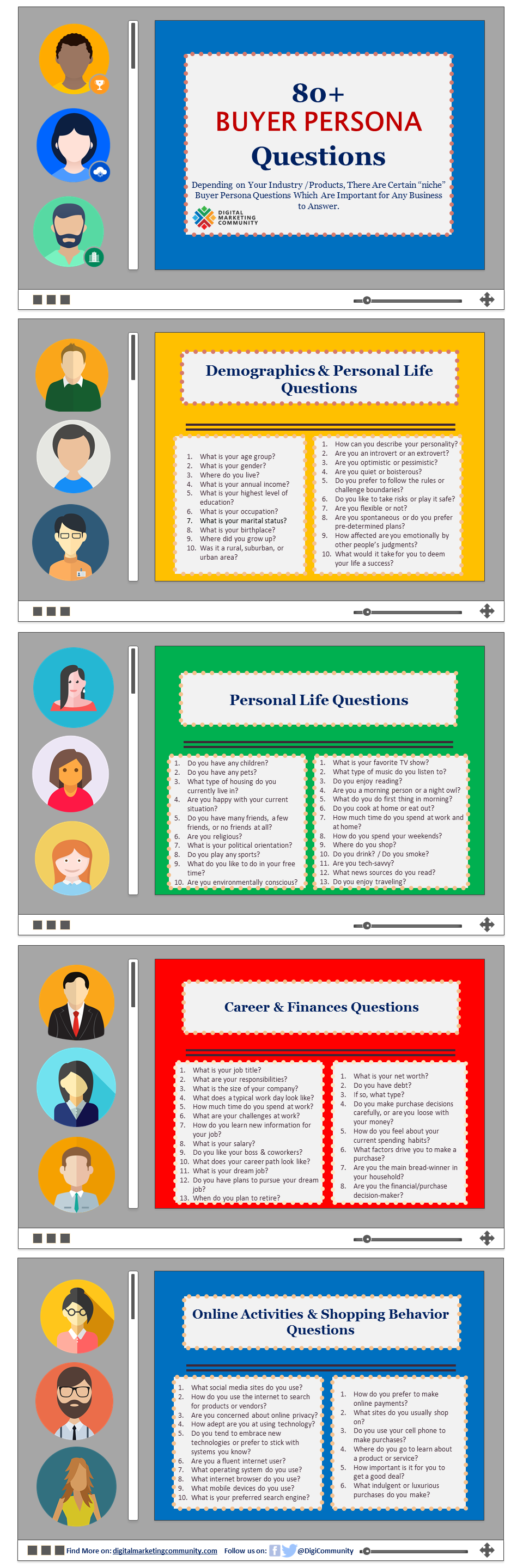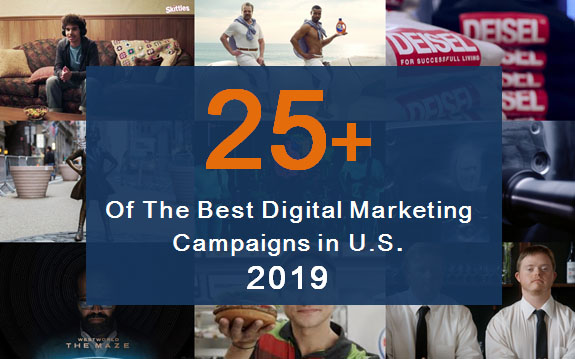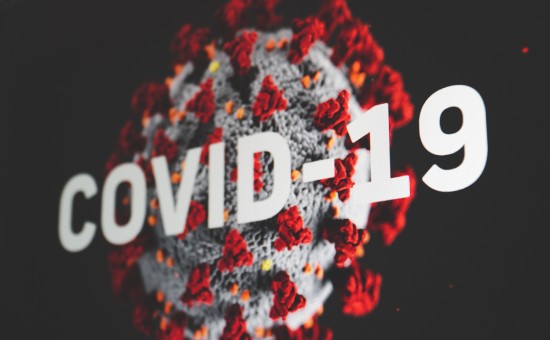How to Create a Well-Crafted Buyer Persona(S): 80+ Questions to Answer
Consumer Behavior | Apr 04, 2019
The concept of “User Persona” has first introduced by Alan Cooper in 1999 to help inform design strategy. This was necessary then since user-friendly digital services and products were lacking. In 2002, businesses began a focus on “Buyer Persona” to address the rapid changes in buying behaviors starting to occur.
The question businesses get asked occasionally is this: after a decade or more, are buyer personas still important? We would have to say yes – and more than ever.
We realize those of you reading this may think – “of course you are going to say that!” The most important question is, What are buyer personas and why are they important to your website?
What Is Buyer Persona(s)?
A buyer persona—aka “customer avatar” is a research-based profile that describes the target customers. Buyer persona describes who your ideal customers are, what their lifestyle is like, the challenges they face and how they make their purchasing decisions.
Buyer personas are sometimes named marketing personas (or profiles), but whichever term you use the purpose is the same.
It’s common to have more than just one buyer personas for a business. For instance, if the end user of your product or service needs to gain the approval of others or their consultation before making a purchase, then each individual involved in that purchasing decision is a separate persona. They’ll have different criteria for evaluating your product, and you’ll need various strategies to address those needs.
Why Buyer/Customer Persona Still Important?
- Buyer persona informs marketing and sales strategies: It illuminates who your buyers are, the situations they are faced with, how they have changed, and the most important – what goals they are attempting to accomplish.
- Buyer personas help ensure that all activities involved in obtaining and serving your customers are tailored to the targeted buyer’s needs.
- Attain More Targeted Marketing: It helps you allows you to get to fully understand your customers. Buyer persona learns things you didn’t know about your customers, gain insight into your customers’ perception of your company and so much more.
- Gain a Competitive Advantage: By understanding your customers, your marketing strategy will be more appealing than competitors’ ones that use the same generic messaging for everyone.
- Realize a Return on Investment: Investing relatively little time, money and effort into the buyer persona development process result in all-around enhanced customer experience, increasing relevance and connection with your users.
- Attract Better Quality Leads: Leads are great. Quality leads are fantastic. Not all leads are the same. You want the right type of leads to sell your product or service so that buyer persona(s) allows you to improve your website’s marketing efforts to target High-Value Customers (HVC).
- Having set a target buyer/customer personas ensures consistency; all departments should think of the same characteristics when a persona is mentioned. The buyer persona serves as a frame of reference for marketing and sales as well as all departments of your organization.
How to Create Detailed Buyer Personas for Your Business:
1. Identify Your Groups of Buyers
First of all, to determine your buyer personas you’ll need to identify the broad groups of your consumers. The best data for developing your buyer personas is to gain information about your end customers.
Another fundamental aspect is to take a deep look at your product(s) or service(s) and think broadly about who is making purchases. Ask yourself if your consumers buying for themselves or for others as gifts. Is your stock often sold around certain holidays? Are some items specific to certain demographics (EX: bridal party gifts baby products, or maternity gear?
If you sell products that are mostly given as gifts to others. So, it would be powerful to create buyer/customer personas for those making the purchase an also for those receiving the gift.
By recognizing this information, you can create marketing strategies that are especially relevant to the most involved people in the purchasing process.
2. Identify the Key Information You Need to Know
The second step after defining your customers into broad categories is identifying all the information you’ll need to build your outstanding buyer personas.
Check the below infographic to find out the major questions you’ll need to answer to move forward, but you might need to adapt them to your business needs.
Maybe some of these questions/criteria are not relevant to your customer base. Probably there are some additional criteria or other types of questions that would help you determine your buyers more effectively. Therefore make sure to include all the questions that are adequate for your retail store and your marketing initiatives.
3. Conduct Thorough Customer Research
The first and most important thing you’ll require to do when creating a buyer persona is to do some research on your existing customers if you have any. People actually bought from you are the most targeted audience to look at.
- Ask your marketing or sales team to see what they can tell you about your existing customers’ demographics and other characteristics.
- In most cases, it would be better to conduct a survey to get all the information you need in case you didn’t get all the information you need from marketing and sales teams.
- It’s not a bad idea to conduct a variety of interviews across mediums because each method will reach different customers or potential customers. Try to use interviews over the phone, through email, on your own website or in-store, etc.
- Dig into your own website and social analytics tools that can provide you with a large amount of information about the people who are interacting with your brand online, even if they’re not yet customers.
5. Turn Your Research Into Buyer Persona(s)
Once you have all the information, you’ll have the basis of your unique customer personas so you can start compiling it into a comprehensive look at your ideal customer.
Here’s how this looks in practice. Let’s say you identify a core customer group of men in their 30s who live in big cities, like to go to the gym, and own dogs. Great—now it’s time to take this collection of characteristics and turn them into an actual persona that you can identify with and speak to.
Give your buyer/customer persona a name, a home, a job title, and other defining characteristics. You want your persona to look like a real person without getting too specific and excluding characteristics.
For instance, your group of dog-owning urban fit men could be represented by the persona you name Gym John. Rather than speaking generally about city living and dog ownership, you’ll give John representative characteristics that make her a real person:
- He is 35 years old
- He lives in California City
- He works at a tech company
- He owns a two-year-old Goldador named Jaky
- He likes to go to the city’s gym
- And so on.
80+ Buyer Persona Questions for Any Business to Answer:
Here is a list of handpicked recommended questions to ask your target consumers when building your organization’s buyer persona(s). The list is broken down into some categories, so you need to focus only on the categories and questions which are relevant to your business, and ignore the rest.

80+ Buyer Persona Questions for Any Business
Wrapping Up
No two businesses are exactly the same, so your buyer persona may seem completely different from the others. Go through the process, compile all your data into a successful personification of your core customer group and adapt your product range and message accordingly. As a result, your strategy will be aligned with your customer’s needs and desires and your Business will be more successful.
Just one last thing: take all the time you need to create your Buyer Personas! Do them right and you’ll build a bond with the real customers they represent, boosting sales while creating brand loyalty and trust.





